Tattoos, in their myriad forms and expressions, represent far more than mere decoration; they are a testament to the enduring human desire to mark ourselves, to tell stories on our skin, and to connect with something larger than ourselves. From the earliest whisperings of civilization, the practice of tattooing has woven itself into the fabric of human history, serving as a powerful tool for communication, identity, spiritual connection, and social stratification. Across continents and millennia, ink has been meticulously etched into the dermis, creating a living tapestry of cultural heritage that continues to evolve and inspire. Understanding the role of tattoos in different cultures throughout history offers a profound insight into the human experience itself, revealing how deeply ingrained this art form is within our collective past and present.
Historically, the practice of tattooing predates recorded history, with archaeological evidence suggesting its existence among early human populations. The oldest known tattooed human remains, Ötzi the Iceman, discovered in the Ötztal Alps and dating back over 5,000 years, bore numerous tattooed markings that scientists believe may have served therapeutic or ritualistic purposes. These markings, simple lines and crosses, offer a glimpse into a sophisticated understanding of the body and its connection to well-being, suggesting that tattoos were not always about overt display but could have been deeply personal and functional. This ancient origin immediately positions tattoos as a fundamental aspect of human expression, a way for our ancestors to interact with their bodies and their world in deeply meaningful ways. As you explore the history of tattoos, you’ll find this blend of the personal and the communal, the spiritual and the practical, a recurring theme.
From tribal identity to spiritual protection: ancient tattooing practices across continents
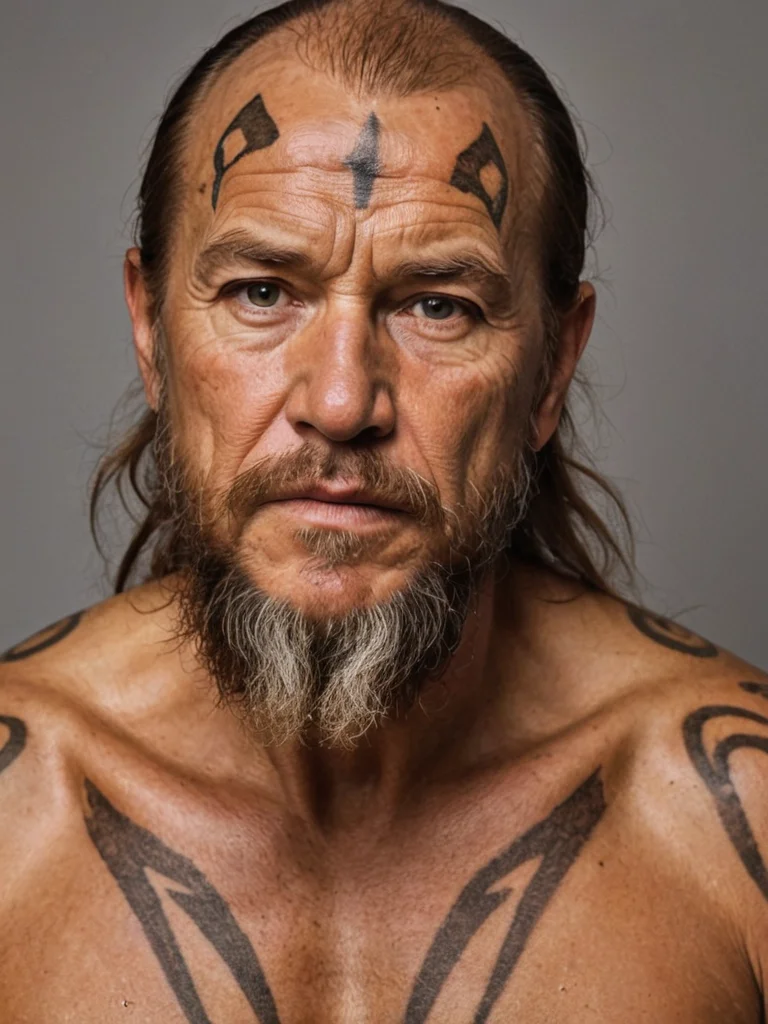
Across the globe, ancient cultures independently developed tattooing as a vital component of their societal structures and spiritual beliefs. In Polynesia, particularly among the Māori of New Zealand, tattooing, known as *moko*, was not merely an aesthetic choice but a deeply spiritual and genealogical practice. Each swirling line and intricate pattern on the face and body conveyed a wealth of information about the wearer’s lineage, social status, tribal affiliations, and personal achievements. The *moko* was a permanent declaration of identity, a visual whakapapa (genealogy) that connected the individual to their ancestors and their community. The process itself was sacred, performed by highly skilled artists using tools made from bone or shell, and often accompanied by rituals and prayers to invoke spiritual protection and ensure the efficacy of the designs. The pain and blood involved were seen as a testament to the wearer’s endurance and commitment to their heritage.
Similarly, in ancient Egypt, tattoos appear to have held significant meaning, particularly for women. Archaeological finds, including mummified remains, reveal intricate patterns, often on the thighs, abdomen, and breasts. These markings are thought to have been associated with fertility, protection during childbirth, and possibly served as symbols of divine favour or as adornments for priestesses. The depiction of the goddess Hathor, often shown with tattoo-like markings, further suggests a connection to the divine feminine and protective energies. For the Ainu people of Japan, tattooing, known as *ainu-kar, was a significant rite of passage, particularly for women, marking their transition into adulthood and readiness for marriage. The distinctive blue ink, derived from specific plants, and the curvilinear designs were believed to ward off evil spirits and bring good fortune.
In the Americas, indigenous tribes also incorporated tattooing into their cultural practices. The Picts of ancient Scotland, whose name itself derives from the Latin *picti*, meaning ‘painted people’, were renowned for their elaborate body art, which likely included tattoos. Roman accounts describe them as adorned with intricate designs, possibly signifying status or acting as war paint for intimidation. The practice served to distinguish tribes, mark warriors, and signify spiritual connections. For many Native American tribes, tattoos were not only decorative but were also believed to bestow power, protection, and healing. Designs often featured animals, spiritual symbols, or patterns that represented constellations, linking the wearer to the natural and cosmic realms. The skill and meaning imbued in these ancient practices underscore a sophisticated understanding of the body as a canvas for personal and collective narratives.
The shifting meanings: tattoos in medieval and early modern societies
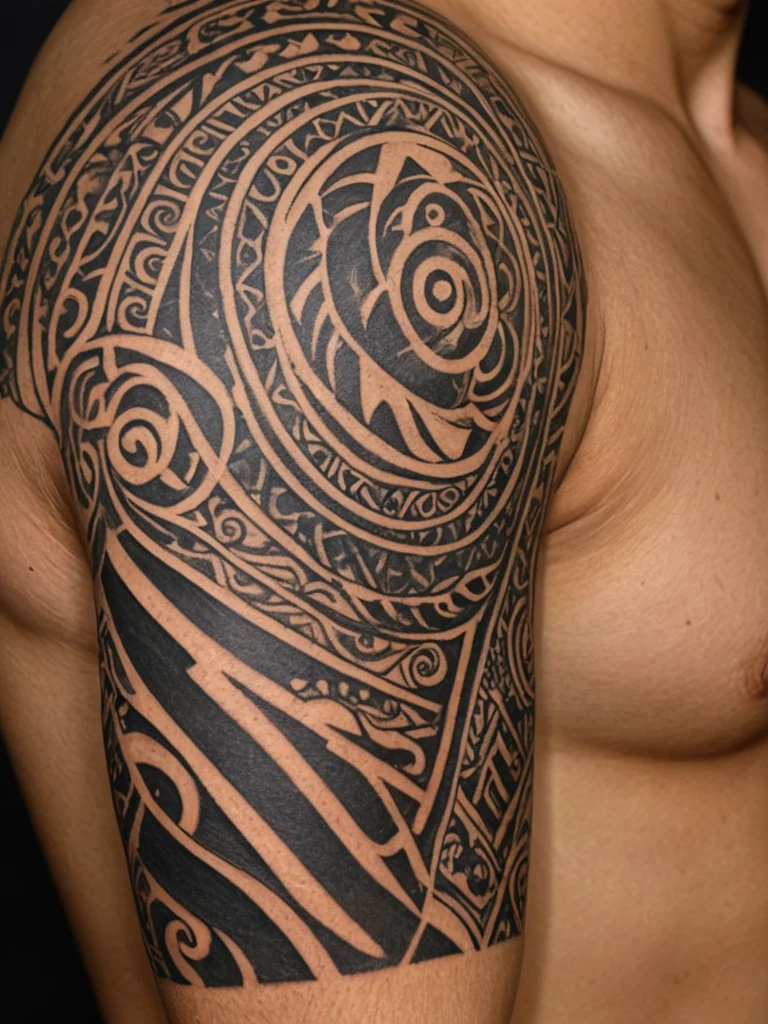
The advent of Christianity and the rise of Islam, with their interpretations often viewing permanent body modifications as taboo or sinful, led to a decline or suppression of tattooing in many Western and Middle Eastern societies during the medieval and early modern periods. However, the practice did not disappear entirely; instead, it often retreated into subcultures or found new meanings. In Europe, tattoos began to re-emerge, particularly among sailors and soldiers. For maritime communities, tattoos served as a form of identification, a way to record voyages, signify rank or achievements, and offer spiritual protection against the dangers of the sea. A common motif was the swallow, believed to signify a safe return home after sailing 5,000 nautical miles, while an anchor represented stability and a safe harbour. These tattoos were often done crudely, with basic tools, but held immense personal significance for those who bore them.
During this era, tattoos also became associated with criminals and outcasts in some European societies. As social controls tightened and certain groups were marginalized, their body art became a marker of their defiance or their status within these underground communities. This perception contributed to the stigmatization of tattoos that would persist for centuries. Yet, even within these contexts, tattoos often carried complex meanings. They could represent allegiances, denote past transgressions, or serve as a form of internalized discipline or a permanent reminder of one’s journey. The early modern period saw a gradual reintroduction of tattoos to broader society, often through the exoticizing lens of exploration and trade, as sailors and travellers brought back tales and examples of tattooing from distant lands.
In contrast, many Asian cultures maintained vibrant tattooing traditions throughout these periods, adapting and evolving them. In Japan, *irezumi*, or traditional Japanese tattooing, flourished, reaching peaks of artistic sophistication. While tattoos could signify social status or serve as a form of punishment (with criminals being tattooed on the face or arms), they also evolved into a highly respected art form, particularly during the Edo period. Elaborate, full-body suits depicting mythical creatures, historical scenes, and symbolic motifs became popular among the merchant class and laborers as a form of personal expression and a display of bravery and endurance. These tattoos were often hidden beneath clothing, suggesting a private appreciation of their artistry and meaning.
Modern transformations: rebellion, art, and social commentary through tattoos
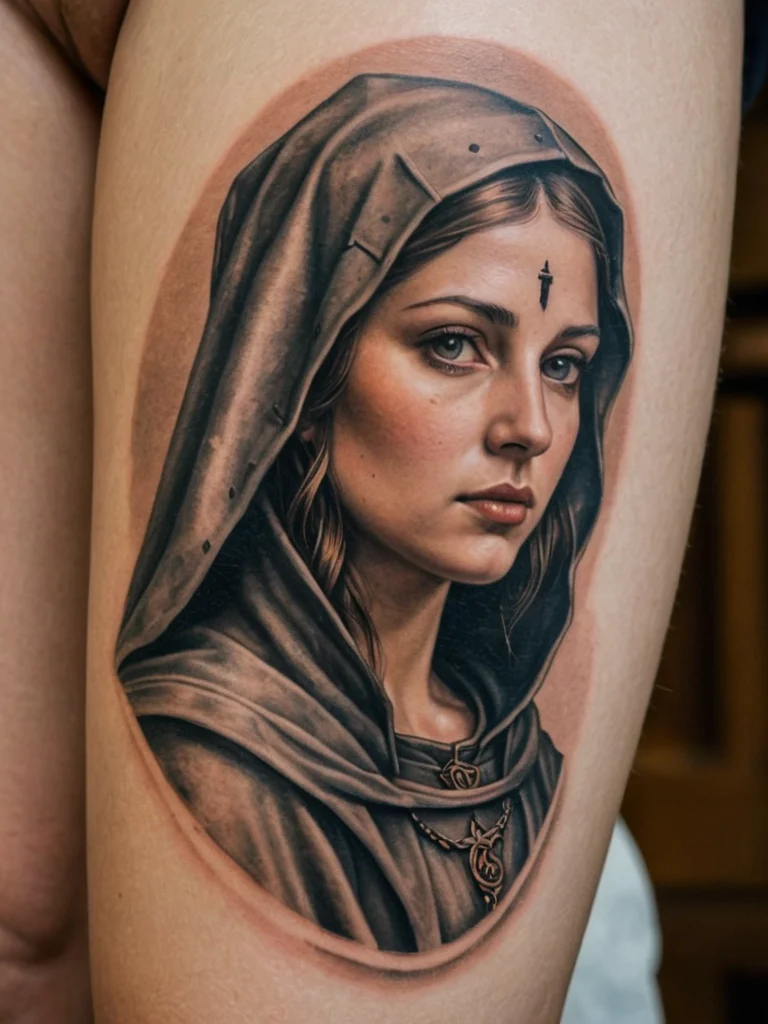
The 19th and 20th centuries marked a significant transformation in the perception and role of tattoos in Western societies. With the introduction of the electric tattoo machine by Samuel O’Reilly in 1891, tattooing became more accessible, faster, and less painful, paving the way for its wider adoption. Initially, tattoos remained largely confined to working-class communities, sailors, and circus performers, often carrying connotations of ruggedness or marginalization. However, as the century progressed, tattoos began to shed some of their stigma, particularly through their association with counter-culture movements.
In the post-World War II era, tattoos became a potent symbol of rebellion and non-conformity. Bikers, rock and roll musicians, and youth subcultures adopted tattoos as a form of visual identity, expressing their alienation from mainstream society and their embrace of alternative values. These tattoos often featured bold imagery, such as eagles, skulls, flames, and tribal motifs, reflecting a spirit of freedom, defiance, and individualism. For many, getting a tattoo was a deliberate act of personal liberation, a way to reclaim their bodies and assert their autonomy in a world that often felt restrictive. The rise of tattoo magazines, conventions, and television shows in the late 20th and early 21st centuries further propelled tattoos into the mainstream, showcasing the incredible artistic talent and diverse styles now available.
Today, tattoos are widely recognized as a legitimate and sophisticated art form. Tattoo artists are celebrated for their technical skill and creative vision, pushing the boundaries of what is possible on skin. Styles have diversified immensely, encompassing everything from hyperrealism and watercolour to geometric patterns and minimalist designs. People from all walks of life, across all age groups and social classes, now choose tattoos for a multitude of reasons: to commemorate loved ones, to express personal beliefs, to celebrate milestones, or simply for the aesthetic pleasure they provide. Tattoos have become a powerful medium for personal storytelling, a way to wear one’s heart on one’s sleeve, quite literally. They can serve as a form of therapy, helping individuals to process trauma, celebrate survival, or affirm their identity. The dialogue between the tattooed individual and the wider society continues to evolve, with tattoos increasingly accepted as a form of self-expression and a valuable cultural practice.
Conclusion: The enduring legacy and evolving role of tattoos in global culture
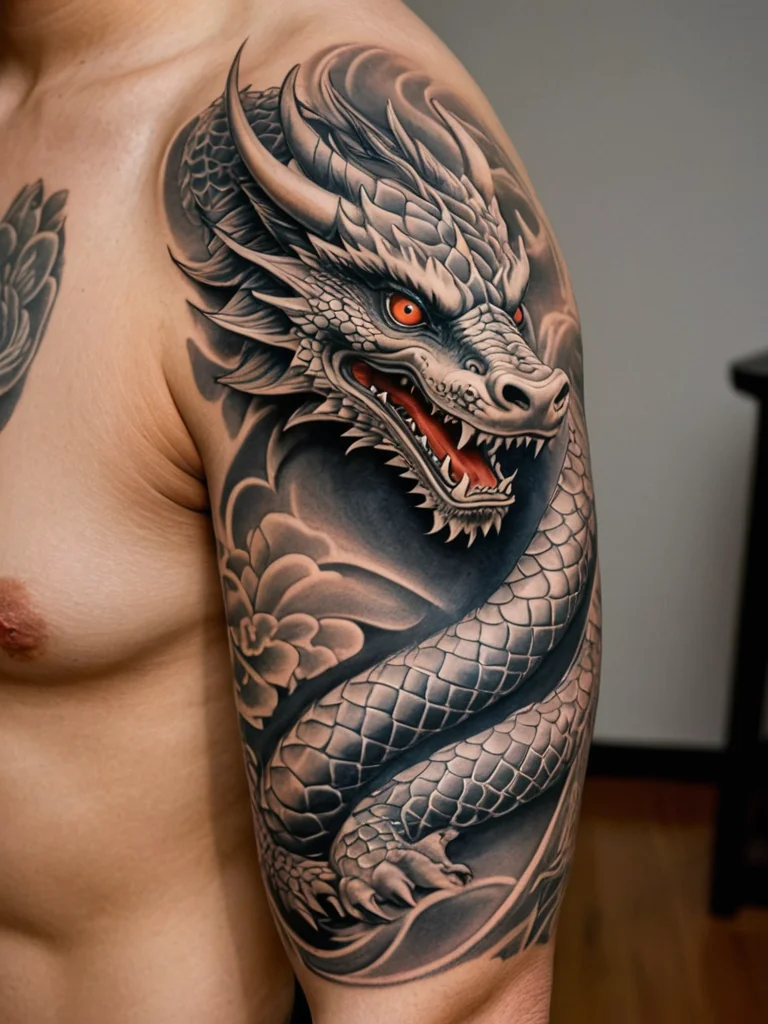
From the sacred markings of ancient shamans to the contemporary expressions of individual identity, tattoos have consistently played a pivotal role in human history and cultural expression. They have been markers of status, symbols of spiritual belief, badges of belonging, and acts of defiance. The journey of the tattoo from the periphery of society to its current mainstream acceptance is a fascinating reflection of changing social norms, technological advancements, and the ever-present human need for self-expression and connection.
As you look at the diverse range of tattoos today, remember the deep historical roots and the rich cultural significance that this art form carries. Whether you are considering your first tattoo or are a seasoned collector, understanding the legacy of tattooing allows for a deeper appreciation of the stories etched onto skin. The enduring appeal of tattoos lies in their permanence, their artistry, and their ability to transform the body into a living canvas, a testament to the unique journey of each individual. The tattoo continues to evolve, constantly reinventing itself while staying true to its ancient origins as a profound form of human communication and cultural expression.
The role of tattoos in different cultures throughout history
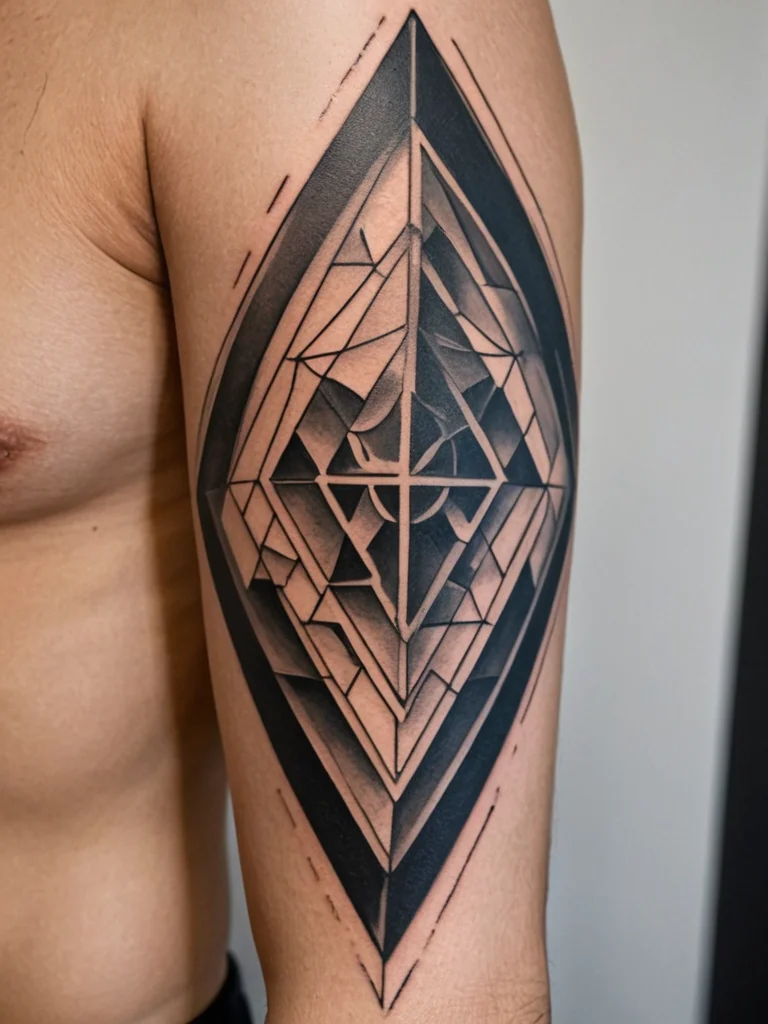
The role of tattoos in different cultures throughout history has been incredibly varied, reflecting the diverse beliefs, social structures, and artistic expressions of human societies. We’ve seen how in ancient Polynesia, tattoos like the Māori *moko* were complex genealogical and social identifiers, deeply intertwined with spiritual beliefs and rites of passage. The markings were not just decorative but a form of living history and social contract etched onto the skin, signifying lineage, status, and accomplishments. The artistry was immense, with each curve and line holding specific meaning understood by the community.
In contrast, while tattoos were present in ancient Egypt, their exact function remains debated, with evidence suggesting connections to fertility, protection, and perhaps even status among certain groups, particularly women. The subtle yet intricate patterns found on mummies offer a glimpse into a different cultural interpretation of body art, one perhaps less overtly communal than Polynesian *moko*, but no less meaningful. The Ainu people of Japan used tattoos as critical markers of identity and maturity, with specific patterns believed to ward off evil and ensure spiritual well-being, highlighting the protective and spiritual dimensions tattoos often held.
The suppression of tattoos in medieval Europe due to religious doctrines is a significant point, showing how cultural and religious shifts can dramatically alter the perception and practice of body art. Yet, even in suppression, tattoos found new life, particularly among mariners, becoming a language of the sea – recording journeys, signifying affiliations, and seeking protection. These tattoos, though often simple, were potent talismans for those navigating dangerous waters. The subsequent association of tattoos with criminals and subcultures in early modern times underscores how societal outcasts often adopt and transform existing cultural practices into symbols of their own identity and defiance.
The electric tattoo machine’s invention democratized the practice, making it more accessible and paving the way for its transformation into modern art and a tool for social commentary. Tattoos moved from the realm of sailors and circus performers to becoming embraced by youth subcultures as symbols of rebellion and individuality. Today, the acceptance of tattoos as a legitimate art form and a widespread means of personal expression means they are more integrated into global culture than ever before. They serve as personal narratives, memorials, and affirmations of identity, continuing their ancient role as a profound method of human communication, albeit in continuously evolving forms. The dialogue between the tattooed individual and the world remains dynamic, with each generation reinterpreting and adding new layers to the rich history of tattoo art.